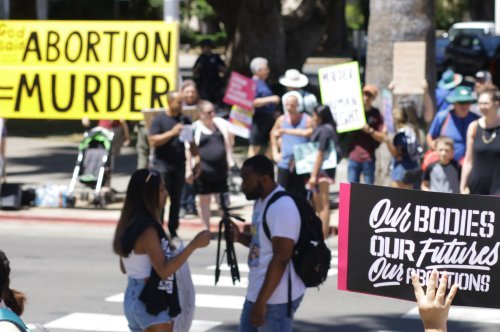The State of Crime in the United States

The United States has long been known for its high crime rates, with violent crime being a particular concern. While crime rates have fluctuated over time, the issue of crime remains a significant challenge for many communities across the country.
According to the Federal Bureau of Investigation (FBI), there were an estimated 1.2 million violent crimes in the United States in 2020, which represents a 5.6% increase from the previous year. This includes crimes such as murder, rape, robbery, and aggravated assault. Additionally, property crime, which includes burglary, larceny, and motor vehicle theft, saw an increase of 1.5% from the previous year.
While crime rates have risen recently, it is worth noting that they have been on a downward trend since the 1990s. This is due in part to various initiatives and policies aimed at reducing crime, such as community policing, increased use of technology, and sentencing reform. However, there are still significant disparities in crime rates across different regions and communities in the United States.
One factor that contributes to crime rates in the United States is socioeconomic inequality. Areas with higher levels of poverty and unemployment tend to have higher crime rates. Additionally, issues such as drug addiction and mental illness can contribute to criminal behavior.
There are also systemic issues within the criminal justice system that contribute to the problem of crime in the United States. The mass incarceration of individuals, particularly those from marginalized communities, has been criticized for perpetuating cycles of crime and poverty. Additionally, racial disparities in the criminal justice system have been well-documented, with Black and Latino individuals being disproportionately represented in the criminal justice system.
Efforts to address crime in the United States must take a multi-faceted approach that includes both preventative measures and systemic reform. Initiatives such as community outreach, education, and job training can help to address socioeconomic inequality and provide individuals with the resources they need to avoid criminal behavior. Additionally, reforms to the criminal justice system, such as sentencing reform and increased use of diversion programs, can help to reduce the cycle of crime and incarceration.
In conclusion, while crime remains a significant challenge in the United States, there are many efforts underway to address the issue. By focusing on both preventative measures and systemic reform, it is possible to reduce crime rates and create safer, more equitable communities.













